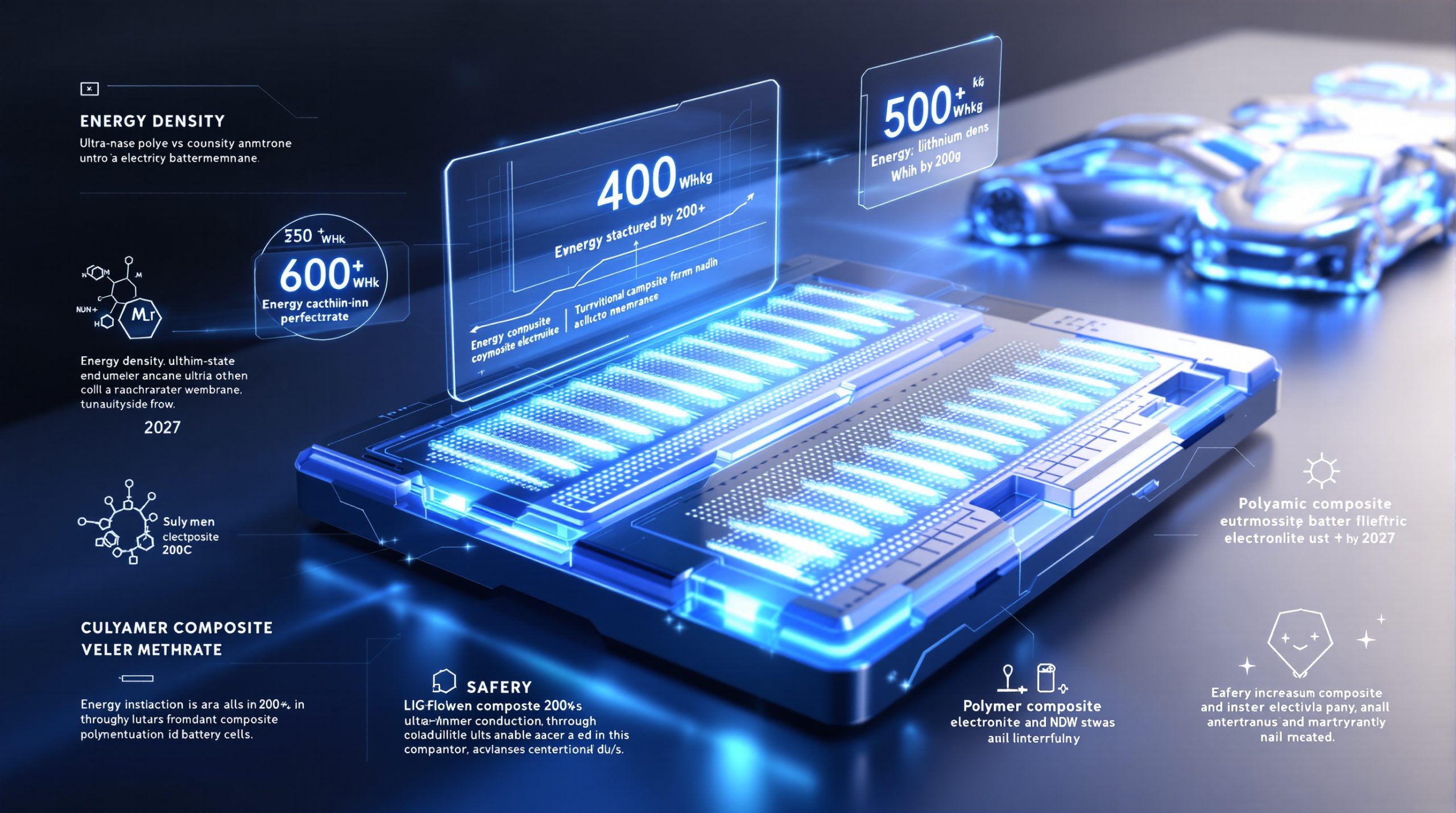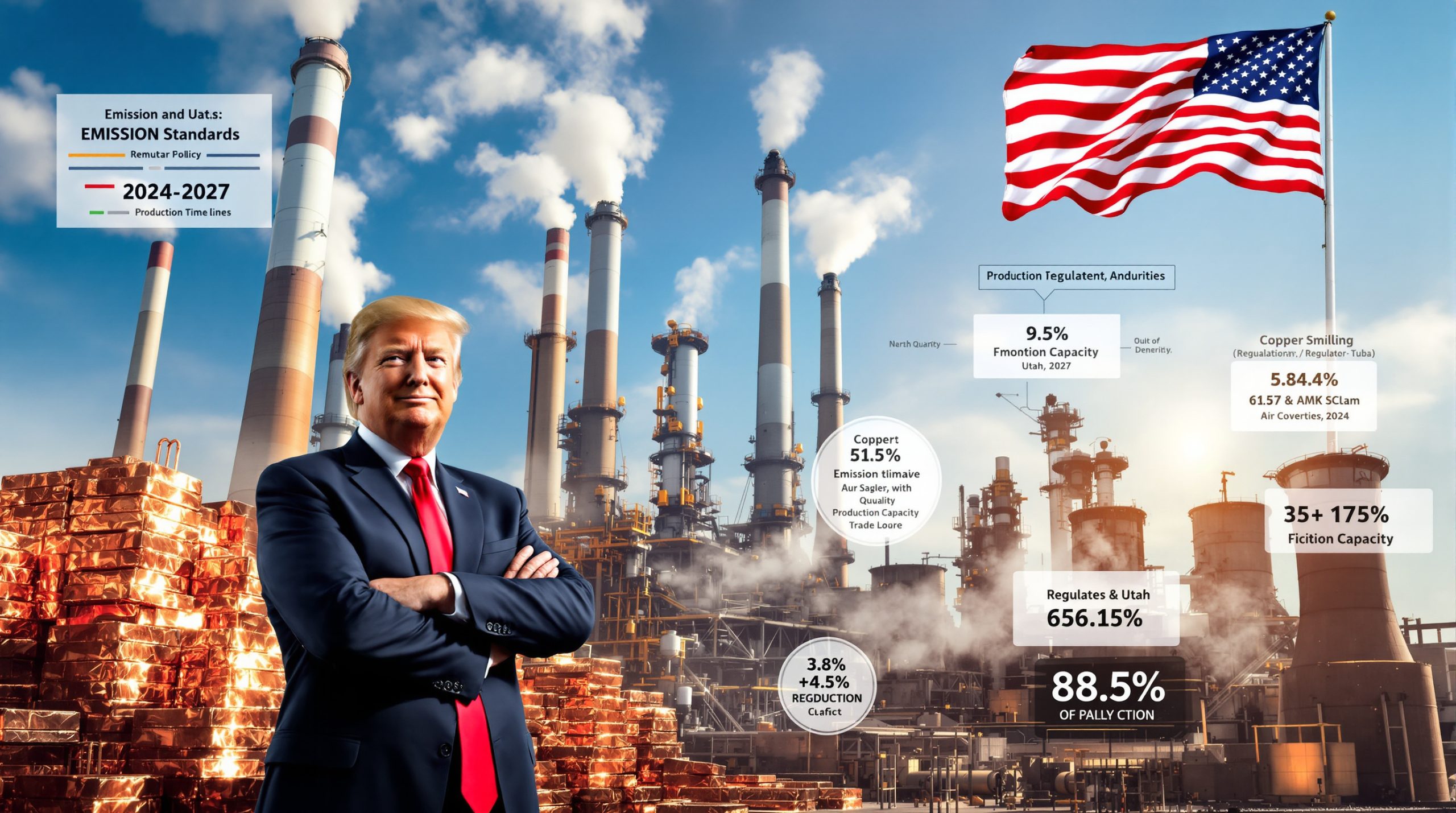Mining Powerhouses Deliver Strong Quarterly Results
Australia's iron ore giants have demonstrated remarkable operational resilience during a challenging quarter, with Fortescue and BHP iron ore shipments posting impressive achievements that underscore their market leadership positions. These mining powerhouses have adapted their strategies to navigate evolving global trade dynamics while maintaining focus on operational excellence and technological advancement.
The September quarter results reveal contrasting approaches to growth, with one company achieving record shipment volumes while the other leveraged pricing improvements and diversification strategies. Both organisations maintained their production guidance frameworks, signalling confidence in their operational capabilities despite ongoing market uncertainties.
Record-Breaking Performance Metrics Define Success
Fortescue Achieves Milestone Quarterly Results
Fortescue delivered exceptional operational performance during the September quarter, establishing new benchmarks for quarterly throughput. The company shipped 49.7 million tonnes of iron ore, representing a substantial 4% increase compared to the previous year period. This achievement reflects the organisation's continued focus on operational optimisation and infrastructure efficiency.
The mining giant maintained robust financial positioning throughout the quarter, ending with a US$4.6 billion cash balance that provides significant operational flexibility. Following the distribution of a fully franked US$1.2 billion final dividend for FY2025, the company reported net debt of US$1.9 billion, demonstrating disciplined capital management practices.
According to Dino Otranto, Fortescue Metals and Operations CEO, the company remains positioned as a low-cost, capital-efficient operator focused on maximising value across all operations. This strategic positioning continues to provide competitive advantages in global iron ore markets, particularly during periods of price volatility.
Market participants responded positively to these results, with Fortescue shares gaining 2.4% on the announcement day and closing the week with a 1.7% increase, outperforming broader market indices.
BHP Demonstrates Diversification Strength
BHP reported 64 million tonnes of iron ore production during the quarter, reflecting a modest 1% year-on-year decline. However, the company more than offset volume impacts through significant pricing improvements, achieving an average realised iron ore price of US$84.04 per wet metric tonne, representing a 5% increase from the previous year.
The diversification strategy proved particularly effective in copper markets, where BHP achieved 4% production growth to 494,000 tonnes while benefiting from an 8% increase in average realised copper price prediction to US$4.59 per pound. This dual improvement in volume and pricing demonstrates the company's ability to capitalise on favourable market conditions across multiple commodities.
Steelmaking coal operations contributed additional growth momentum, with output increasing 8% to 4.9 million tonnes during the quarter. Furthermore, this performance highlights BHP's operational flexibility and ability to respond to changing demand patterns across its diversified portfolio.
Despite strong operational results, BHP shares experienced mixed trading patterns, gaining 2.3% on results announcement day but closing the week down 1.4% as market sentiment evolved throughout the period.
Strategic Guidance Frameworks Support Future Growth
Production Target Maintenance Signals Confidence
Both mining companies maintained their FY2026 production guidance ranges, providing market participants with clarity regarding expected operational output. Fortescue reaffirmed its commitment to delivering 195-205 million tonnes of annual iron ore shipments, targeting the mid-point of approximately 200 million tonnes.
This guidance maintenance reflects management confidence in operational capabilities and infrastructure capacity utilisation. The production targets incorporate contributions from premium magnetite operations, positioning the company to capture value-added margins through product differentiation strategies.
Cost optimisation initiatives continue supporting competitive positioning, with operational efficiency improvements offsetting inflationary pressures across labour, energy, and consumables categories. These initiatives provide operational leverage during periods of favourable pricing conditions while maintaining cost discipline during market downturns.
Multi-Commodity Strategy Delivers Stability
BHP's guidance maintenance across all major commodity divisions demonstrates the benefits of operational diversification. The company's multi-commodity approach provides natural hedging against price volatility in individual markets while enabling capital allocation flexibility based on relative returns.
The Jansen potash project represents a significant growth catalyst, with Stage 1 reaching 73% completion and remaining on track for production commencement in 2027. In addition, Stage 2 development has progressed to 13% completion, supporting long-term expansion optionality based on market conditions and capital availability.
Management expectations for Jansen include positioning among the lowest-cost global potash producers, leveraging economies of scale and operational efficiency advantages. Consequently, long-term demand fundamentals for potash remain attractive, supported by global agricultural productivity requirements and food security considerations.
Technological Innovation Drives Competitive Advantage
Decarbonisation Initiatives Accelerate Implementation
Fortescue continues advancing its comprehensive decarbonisation strategy through practical implementation of zero-emission technologies. The company currently operates 10 electric excavators across mining sites, demonstrating the viability of electrification in heavy mining applications.
The 190MW Cloudbreak solar farm construction has progressed beyond one-third completion, representing a significant milestone in renewable energy integration. However, this infrastructure investment supports long-term operational cost reductions while advancing environmental sustainability objectives.
These technological implementations provide competitive differentiation through reduced operating costs and enhanced environmental performance metrics. Furthermore, early adoption of electric mining equipment and renewable energy systems positions the company advantageously as industry standards evolve and regulatory requirements strengthen.
Environmental Approval Milestones Enable Expansion
BHP secured environmental approval for the Escondida Laguna Seca Expansion during the quarter, removing a key development constraint for this significant copper project. The approval process completion enables detailed engineering and construction planning to commence, supporting medium-term production growth expectations.
Copper South Australia entered into its largest renewable electricity agreement, demonstrating commitment to sustainable operations while potentially reducing long-term energy costs. These renewable energy partnerships provide price certainty and environmental benefits while supporting operational continuity.
According to BHP CEO Mike Henry, the company progressed key growth and decarbonisation milestones during the quarter, advancing both production capacity and sustainability initiatives. This dual focus reflects industry trends toward sustainable resource development and operational excellence.
Financial Performance Comparison Reveals Strategic Differences
Key Operational and Financial Metrics
| Performance Indicator | Fortescue Q1 FY2026 | BHP Q1 FY2026 |
|---|---|---|
| Iron Ore Volume | 49.7Mt shipped (+4% YoY) | 64Mt produced (-1% YoY) |
| Iron Ore Pricing | Competitive positioning maintained | US$84.04/wmt (+5% YoY) |
| Copper Production | Not applicable | 494,000 tonnes (+4% YoY) |
| Copper Price Realisation | Not applicable | US$4.59/lb (+8% YoY) |
| Cash Position | US$4.6B available | Strong liquidity maintained |
| Net Debt Status | US$1.9B (post-dividend) | Optimised capital structure |
Capital Allocation Strategies Support Shareholder Returns
Fortescue distributed a substantial US$1.2 billion fully franked final dividend for FY2025, representing significant shareholder value return while maintaining strong balance sheet positioning. This distribution demonstrates management confidence in cash generation capabilities and commitment to returning excess capital to shareholders.
The dividend distribution framework balances growth investment requirements with shareholder return expectations, providing flexibility to adjust distributions based on commodity price cycles and expansion capital requirements. For instance, this approach supports sustainable dividend policies aligned with long-term cash flow generation.
Both companies maintain capital allocation frameworks that prioritise growth investments in high-return projects while returning excess capital through dividends and share repurchases. These frameworks provide management flexibility to respond to changing market conditions and investment opportunities.
Market Dynamics Influence Investment Sentiment
Share Price Performance Reflects Mixed Investor Reaction
Weekly trading patterns revealed divergent investor sentiment regarding quarterly results and forward-looking expectations. Fortescue shares gained 1.7% for the week despite broader market volatility, suggesting positive reception of record shipment volumes and maintained guidance.
BHP shares declined 1.4% during the same period, reflecting more cautious investor interpretation of mixed operational results. While pricing improvements and copper performance provided positive elements, the modest decline in iron ore production may have contributed to tempered enthusiasm.
Trading volume analysis indicates institutional investor positioning adjustments following results releases, with portfolio rebalancing based on updated operational outlooks and commodity price expectations. Moreover, these movements reflect sophisticated analysis of long-term value creation potential versus near-term operational challenges.
Investment Considerations Balance Risk and Opportunity
Production guidance maintenance supports analyst price target frameworks while commodity price sensitivity continues affecting valuation models. Long-term growth prospects remain attractive based on global infrastructure development requirements and energy transition mineral demand.
Geopolitical trade relationship volatility continues presenting both risks and opportunities for Australian resource companies. Currency fluctuations and trade policy changes require ongoing risk management while potentially creating competitive advantages for low-cost producers, as outlined in recent iron ore price trends analysis.
Operational execution risks in major expansion projects remain key investor considerations, particularly for capital-intensive developments such as Jansen potash and Escondida expansions. Successful project delivery will be crucial for meeting growth expectations and generating anticipated returns.
Competitive Positioning Strategies Drive Market Leadership
Low-Cost Operator Advantages Provide Market Resilience
Both companies maintain advantageous cost positioning relative to industry benchmarks, providing operational flexibility during commodity price cycles. This positioning enables sustained profitability during market downturns while maximising returns during favourable pricing periods, according to recent market analysis.
Capital efficiency metrics demonstrate superior returns on invested capital compared to many global peers, supporting premium valuations and investor confidence. Consequently, operational flexibility enables rapid response to demand fluctuations while maintaining cost discipline across all operational categories.
Quality differentiation through premium product development provides additional revenue uplift opportunities, particularly for higher-grade magnetite and specialty copper products. These strategies enable value capture beyond commodity price improvements through product positioning and customer relationships.
Technology Adoption Creates Sustainable Advantages
Early adoption of decarbonisation technologies positions both companies advantageously as industry standards evolve and regulatory requirements strengthen. These investments provide long-term cost reduction opportunities while enhancing environmental performance metrics.
Infrastructure investments in renewable energy and electric equipment create operational advantages through reduced energy costs and improved efficiency metrics. Furthermore, these technological improvements compound over time, providing sustainable competitive differentiation and contribute to broader mining innovation trends.
Innovation in mining techniques and processing technologies continues supporting productivity improvements and cost reduction initiatives. However, research and development investments enable operational optimisation while preparing for future technological disruptions.
Industry Implications and Future Growth Catalysts
Sector Benchmark Setting Influences Competitive Dynamics
Production efficiency standards established by these market leaders influence industry expectations and competitive positioning. Technology adoption rates and environmental performance metrics set benchmarks that smaller operators must achieve to remain competitive.
Supply chain resilience factors continue gaining importance as geopolitical uncertainties affect global trade patterns. Geographic diversification strategies and infrastructure investments reduce concentration risks while supporting operational continuity.
Quality differentiation strategies create market segmentation opportunities, enabling premium pricing for superior products while maintaining volume market share through cost-competitive standard grades. This dual approach maximises market capture across different customer segments, supporting stronger iron ore demand insights.
Growth Opportunity Evaluation Supports Investment Thesis
Renewable energy transition trends create new demand patterns for copper and other critical minerals, supporting long-term growth prospects beyond traditional steel industry requirements. Electric vehicle adoption and renewable energy infrastructure development provide additional demand catalysts.
Premium product positioning enables value-added margin capture through customer relationships and technical specifications. For instance, magnetite products and high-grade copper concentrates command pricing premiums while supporting long-term customer partnerships.
Technology integration continues reducing operational costs while improving safety and environmental performance metrics. These improvements compound annually, providing sustainable competitive advantages and operational leverage during favourable market conditions.
Moreover, breakthrough technologies such as the battery recycling breakthrough are creating new demand patterns for critical minerals, supporting long-term growth opportunities for diversified mining companies.
Strategic Assessment for Market Leadership
The quarterly results demonstrate both companies' ability to maintain operational excellence while advancing strategic initiatives across decarbonisation, expansion projects, and technological innovation. Record performance achievements and guidance maintenance reflect management confidence in operational capabilities and market positioning.
Fortescue and BHP iron ore shipments continue to demonstrate the sector's resilience and adaptability to changing market conditions. Operational resilience during challenging market conditions supports long-term investment thesis while dividend distribution strategies provide attractive shareholder returns.
Balanced capital allocation frameworks enable growth investments while returning excess capital through sustainable distribution policies. However, this approach requires ongoing evaluation of market conditions and investment opportunities to optimise shareholder value creation.
Technology adoption and environmental advancement programmes position both organisations advantageously for evolving industry standards and regulatory requirements. These initiatives create operational efficiencies while supporting social licence to operate in increasingly environmentally conscious markets.
Furthermore, the strong quarterly performance of Fortescue and BHP iron ore shipments reinforces Australia's position as a leading global supplier. The companies' ability to maintain production guidance while advancing sustainability initiatives demonstrates their commitment to long-term value creation.
Industry analysts continue monitoring developments closely, with Fortescue posting record Q1 shipments reflecting the company's operational excellence. As market conditions evolve, both companies remain well-positioned to capitalise on emerging opportunities while maintaining their competitive advantages.
Finally, the strategic positioning of Fortescue and BHP iron ore shipments within the global commodities landscape continues supporting long-term growth prospects. Both companies demonstrate their ability to adapt to changing market conditions while maintaining operational excellence and advancing sustainability objectives.
Disclaimer: This analysis is based on publicly available information and should not be considered as personalised investment advice. Commodity investments carry inherent risks including price volatility, operational challenges, and regulatory changes. Investors should conduct their own research and consider their financial circumstances before making investment decisions.
Ready to Capitalise on the Next Major ASX Mining Discovery?
Discovery Alert's proprietary Discovery IQ model delivers instant notifications on significant ASX mineral discoveries, empowering subscribers to identify actionable investment opportunities ahead of the broader market. Explore why historic mineral discoveries have generated substantial returns and begin your 30-day free trial today to position yourself ahead of the market.




